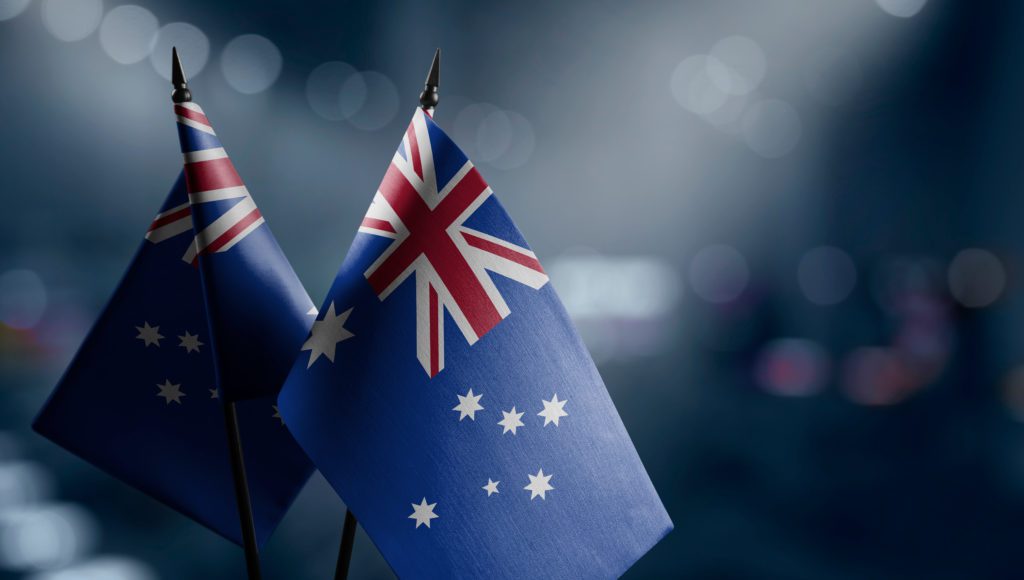
Lobby groups in Australia representing convenience and grocery stores have refused to tell a Senate inquiry how much they receive in vaping and tobacco industry funding.
The failure to disclose industry funding follows public hearings into the public health (tobacco and other products) bill earlier in November. It comes as concerns are raised about one lobby group having a parliamentary access pass, according to media reports.
If introduced, the reforms will see updated and improved graphic warnings added to tobacco packaging and included on individual cigarettes, and specific additives in tobacco and vaping products, like menthols, banned.
Neither the chief executive of the Australasian Association of Convenience Stores [AACS], Theo Foukkare, nor the chief executive of Master Grocers Australia [MGA], David Inall, disclosed the value of the funding their groups received from the vaping or tobacco industries, despite being asked to provide conflict-of-interest statements before attending.
The AACS represents convenience stores and petrol stations, while the MGA is the industry association for independent grocery and convenience stores. Both groups have corporate members, including tobacco companies, and both groups support the tobacco industry’s campaign against plain packaging reforms.
During the inquiry’s public hearings, Foukkare and Inall said proposed tobacco and vaping reforms would fuel the illicit markets, a claim rejected by health experts who gave evidence.
















